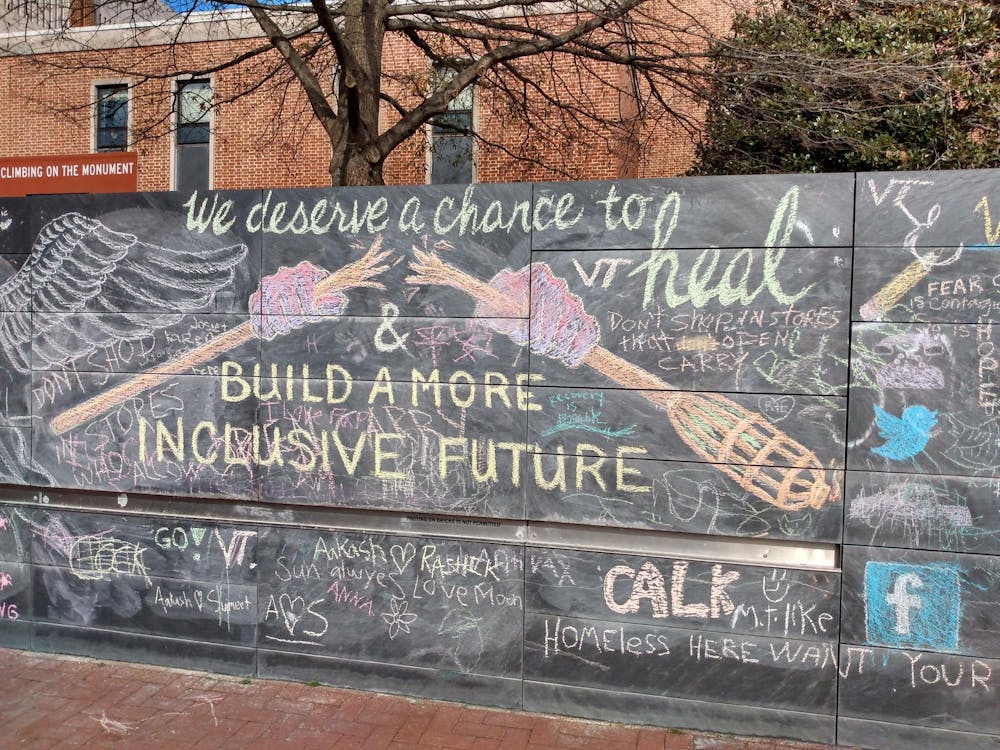We too often regard diversity as something that we can detect from someone’s visible attributes — his or her skin color, gender or ethnicity. Race is probably the most cited aspect of diversity; however, it is just one part of what might comprise someone’s identity. Thus, the University’s efforts to create a diverse student body or a company’s efforts to create a diverse workplace ought to look more at a more holistic range of factors that may promote diversity. These factors may include, as well as race, gender, socioeconomic status, region or country of origin, sexual orientation, and perhaps what is most overlooked: diversity of experiences, interests and pursuits.
Diversity is more than one’s racial identity or background; what makes an individual unique comes less from his or her belonging to a collective and more from his or her own experiences, beliefs and endeavors. Indeed, it is empowering to all students to be regarded as individuals and not members of groups (something that may happen more when people’s diversity is condensed to their race or ethnicity).
That is not to say that the University’s admissions process should ignore race by any means: knowing an applicant’s racial identity can tell you a lot about systematic historical inequalities that may still adversely affect him or her. Looking for racial diversity can help level the playing field to correct for significant historic disadvantages and inequalities certain races have had to deal with and continue to have as a burden.
However, I would argue that socioeconomic diversity can be, at times, more reliable than racial diversity as a measure of systemic disadvantages certain applicants may have. Also, there are applicants who benefit from the University’s desire for racial diversity who are in stable, even affluent, economic conditions, while other applicants do not benefit from this desire but still endure socioeconomic conditions adverse to academic success. By emphasizing socioeconomic diversity, the University’s admissions process would be better placed to admit more students who live below, or only just above, the poverty line (who, unfortunately, because of historical structural inequalities, are disproportionately racial minorities). Thus, socioeconomic diversity would be a fairer and more effective way of promoting diversity in a student body than racial diversity.
African-Americans and Hispanic Americans currently comprise merely 6.2 percent and 5.7 percent respectively of the University’s undergraduate population. Ironically, this lack of racial diversity at the University might be remedied by focusing on socioeconomic status rather than race.
Indeed, we would all be beneficiaries of such an approach, as educational institutions have been shown to perform better when there is greater socioeconomic diversity. Statistical studies nationwide assert that with an equilibrium of socioeconomic diversity (where there is a balance between low-income, middle-income and high-income students that mirror wider societal averages), low-income students do better academically, middle-class students’ academic scores are largely unaffected, and everyone benefits — in a less tangible and quantifiable way — just by merit of learning in classrooms with a wider spectrum of perspectives and socioeconomic backgrounds. The net effects of greater socio-economic diversity see improvements for the entire institution, so it follows that the University too would improve academically if it increased its socio-economic diversity.
Creating a more diverse student body, though, goes further than increasing the numbers of low-income students and racial minorities. Gender, sexual orientation and geographic background are all factors that are worthy of consideration, but — perhaps more importantly — we should focus on the more intangible, yet very real, personal characteristics that truly comprise individuality.
If there is a causal link, as the aforementioned study suggests, between diversity of perspectives and academic success, then surely we ought to look for intellectual nonconformity, unconventional academic passions and avant-garde pursuits outside of the classroom.
Though I cannot pretend to know what happens inside of an admissions office during the decision-making process, it is hardly a stretch to argue that personal essays, writing supplements and descriptions of non-athletic extracurricular involvements or jobs are sidelined while the greatest priority and attention is given to high school transcripts and other more conventional predictors of future academic success. One might argue that low-income students would actually be disadvantaged by the admissions office adding emphasis to these components of an application. This position, however, assumes that college counselor-edited essays are superior to original pieces and arrogantly asserts that low-income students might possess fewer academic or extracurricular passions. Looking at those overlooked measures of an applicant’s merits would promote diversity which, in turn, would make the University a more welcoming, inclusive, socially aware and academically successful place.
To borrow a phrase from a hero in the history of education’s trajectory towards greater integration, inclusivity and diversity: individuals, and their diversity, should not be judged “by the color of their skin, but by the content of their character.”
Ben Rudgley is a Viewpoint Writer.






